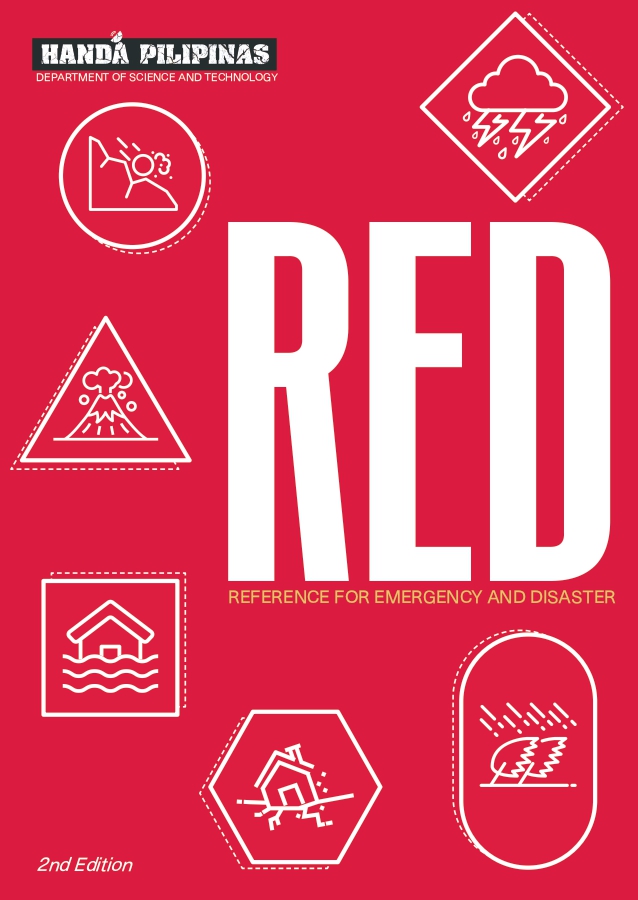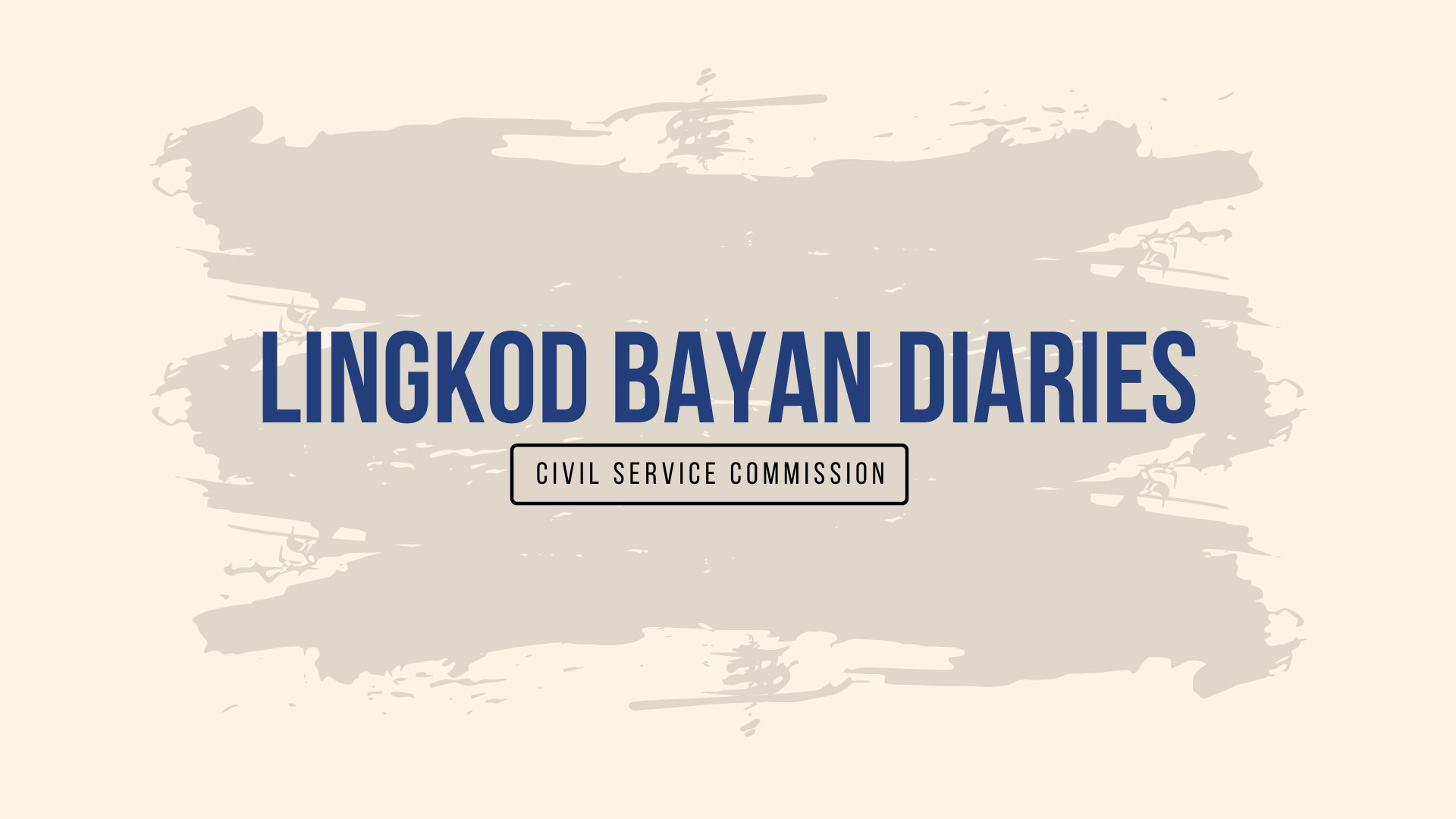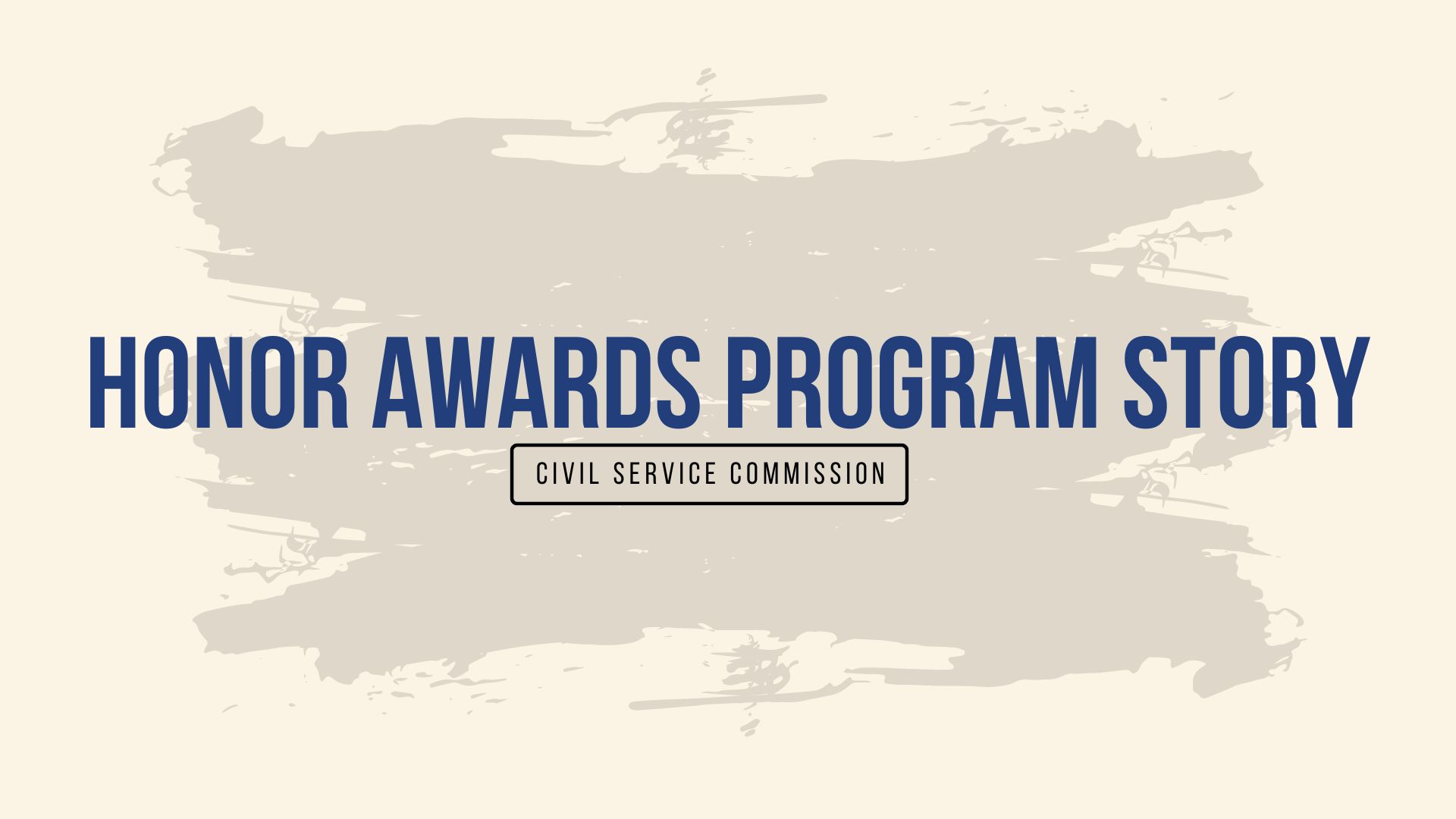Preventing disasters is now greatly aided by scientific tools such as hazard maps. This kind of map shows areas that are affected or vulnerable of a particular hazard, such as earthquakes, volcanoes, landslides, flooding and tsunamis. It helps in preventing serious damage and deaths.
In the joint project of the Department of Science and Technology (DOST) and Department of Environment and Natural Resources (DENR) called “Yolanda Rehabilitation Scientific Information Centers” (YoRInfoCenter), these hazard maps are available for individuals and organizations that need such crucial data in rehabilitating Yolanda-stricken areas.
A one stop shop for scientific data, the YoRInfoCenter will provide all available data like high-resolution hazard maps, satellite imageries, and other tools that are necessary for the systematic and practical rehabilitation of the areas ravaged by typhoon Yolanda. The maps are produced by the DOST-UP DREAM Project and DENR’s Mines and Geosciences Bureau.
According to Dr. Eric Paringit, project leader of DREAM, “Hazard maps are created to provide early warnings to the people in times of danger, installation of the requirements for housing, mapping out for the agriculture and other natural resources.”
“The maps are used in locating the damaged areas, in knowing if an establishment still exists, and in creating the rehabilitation plans,” Paringit added.
According to Dr. Elmer Billedo of the DENR-MGB, the maps are used in knowing the “impacted areas.”
The hazard maps are available in the barangay scale to let the people know the hazard areas in their respective places. These maps were verified by the Japan’s Society of Civil Engineer, said Billedo.
Also available at the YoRInfoCenter are Multiple Hazard Maps that put together in one map the different hazard-related information for a study area in order to convey a composite picture of the natural hazard of varying magnitude, frequency, and area of effect.
DENR-MGB has completed 102 hazard maps out of 171 municipalities affected by typhoon Yolanda. DREAM has likewise completed a number of maps developed through Light Detection and Ranging (LiDAR) technology.
The maps can be downloaded in the websites of DOST and DENR and will be distributed in respective areas. (S&T Media Service)










